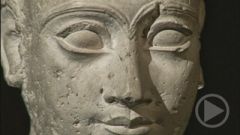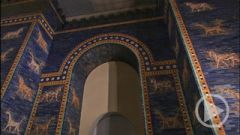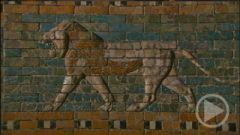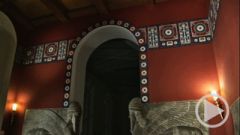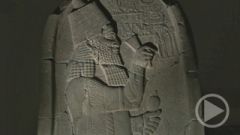- Home
- »
- Germany
- »
- Berlin
- »
- Museum Island
- »
- Pergamon Museum
- »
- The Museum of the Ancient Near East
- »
- The Pergamon Museum - The Assyrians
The Assyrians
The Assyrians
Ashur was the first capital of the Assyrian empire and the nucleus of its civilisation. The city stood on the banks of the Tigris about 350 kilometres north of Babylon. As early as the mid third millennium, the city boasted a particularly impressive temple to Ishtar. In the interior, these "prayer figures" as they were called were lined up on small wall benches. They represented their patrons to the goddess, praying day and night for her favour. The priests placed offerings to the goddess Ishtar at small altars in the form of multi-storey houses.
The archaeologists also found figures and objects made of clay and metal everywhere in the temple - proof of the enormous importance attached to the great temple in Ashur more than 4,000 years ago. By 1300 B.C., the Assyrians had become the dominant power in Mesopotamia. One of the most important rulers was Tukulti Ninurta the First. He is portrayed here on this alabaster devotional plinth. The bas-relief shows what the plinth was used for. On the far right, you can see an image of it, with its double base. On top of it are a slate pencil and a clay tablet - the symbols of Nabu, the god of writing. On the left, King Tukulti Ninurta is approaching. That's exactly how the king would have stepped up to the altar in real life.
But what makes the relief so special is the second figure. It also shows the king, but this time he's kneeling and praying to the god. The royal beard, the typical robes with their decorations and the belt; the sceptre in the left hand and the armlet on the right hand - all the details are perfect. Both figures depict the same person.
So the relief shows how Tukulti Ninurta comes and kneels down - in other words, this is one of the earliest attempts to show movement in an image or picture. This small altar is something like a very early forerunner of modern day films.


